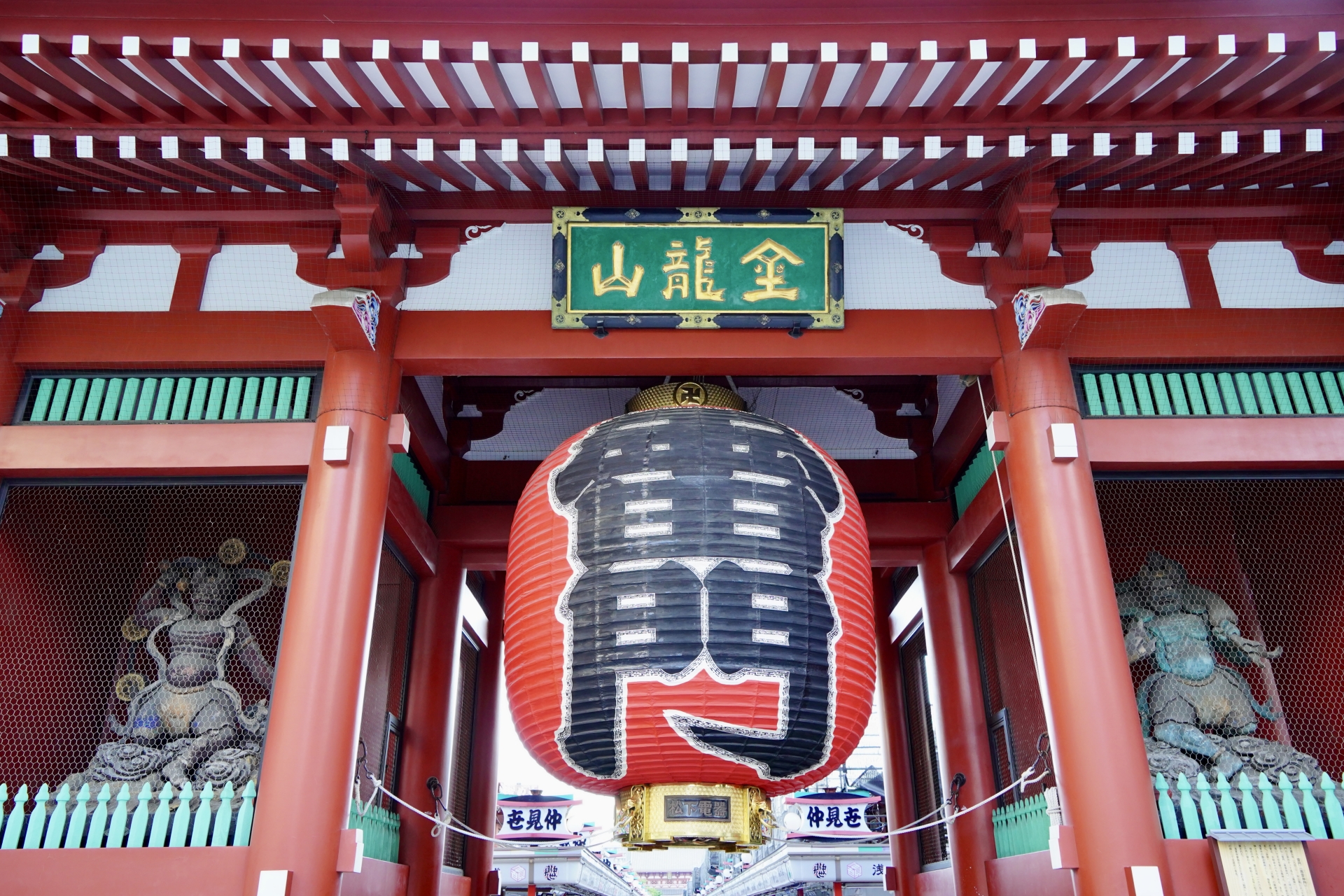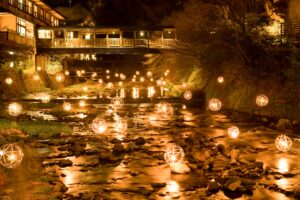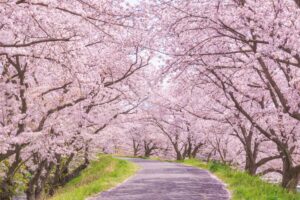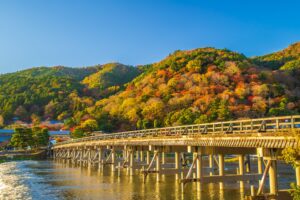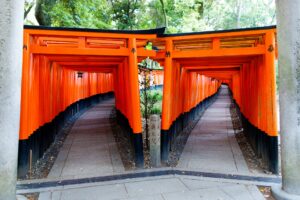Asakusa, a historic district in Tokyo, is renowned for its rich cultural heritage and bustling atmosphere. From the iconic Sensoji Temple to lively shopping streets and traditional craft workshops, Asakusa offers a unique glimpse into Japan’s past while remaining a vibrant part of its present. This guide will help you explore Asakusa’s top attractions, hidden gems, and essential travel tips to enhance your visit.
Exploring Asakusa: What to See and Do
Asakusa is a cultural hub that blends the old with the new, offering visitors a chance to experience the traditional aspects of Tokyo. Key attractions like the Sensoji Temple, Tokyo’s oldest and most famous Buddhist temple, and Nakamise Shopping Street, filled with traditional snacks and souvenirs, are must-see landmarks. Additionally, the Tokyo Skytree, one of the tallest structures in the world, provides stunning views of the city and is only a short distance from Asakusa. The area’s rich history, coupled with its bustling streets, makes Asakusa a vibrant destination for all types of travelers.
Top Attractions in Asakusa
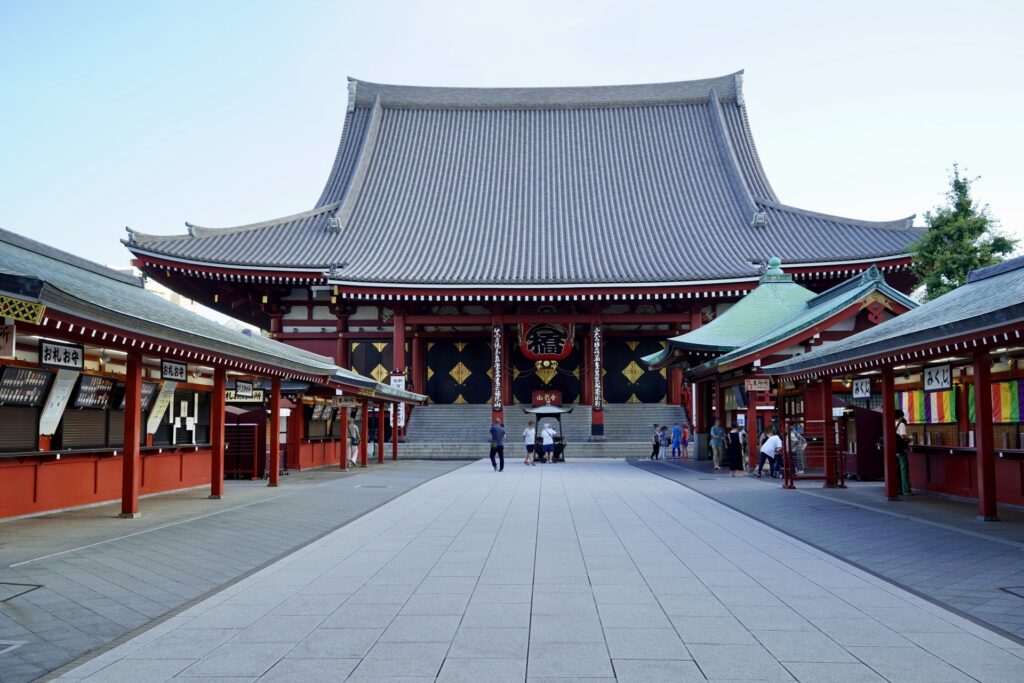
- Sensoji Temple: This ancient Buddhist temple, founded in 628 AD, is the heart of Asakusa. Its iconic Thunder Gate (Kaminarimon) and five-story pagoda make it a popular spot for both tourists and locals. Early morning visits are recommended to avoid crowds and enjoy the serene atmosphere.
- Tokyo Skytree: A short walk from Asakusa, the Tokyo Skytree offers panoramic views of Tokyo. It’s an excellent spot for photography, especially during sunset.
- Asakusa Shrine: Located next to Sensoji Temple, this Shinto shrine provides a quieter, more intimate experience compared to the bustling Sensoji. It’s especially beautiful during the Sanja Matsuri festival, which takes place in May.

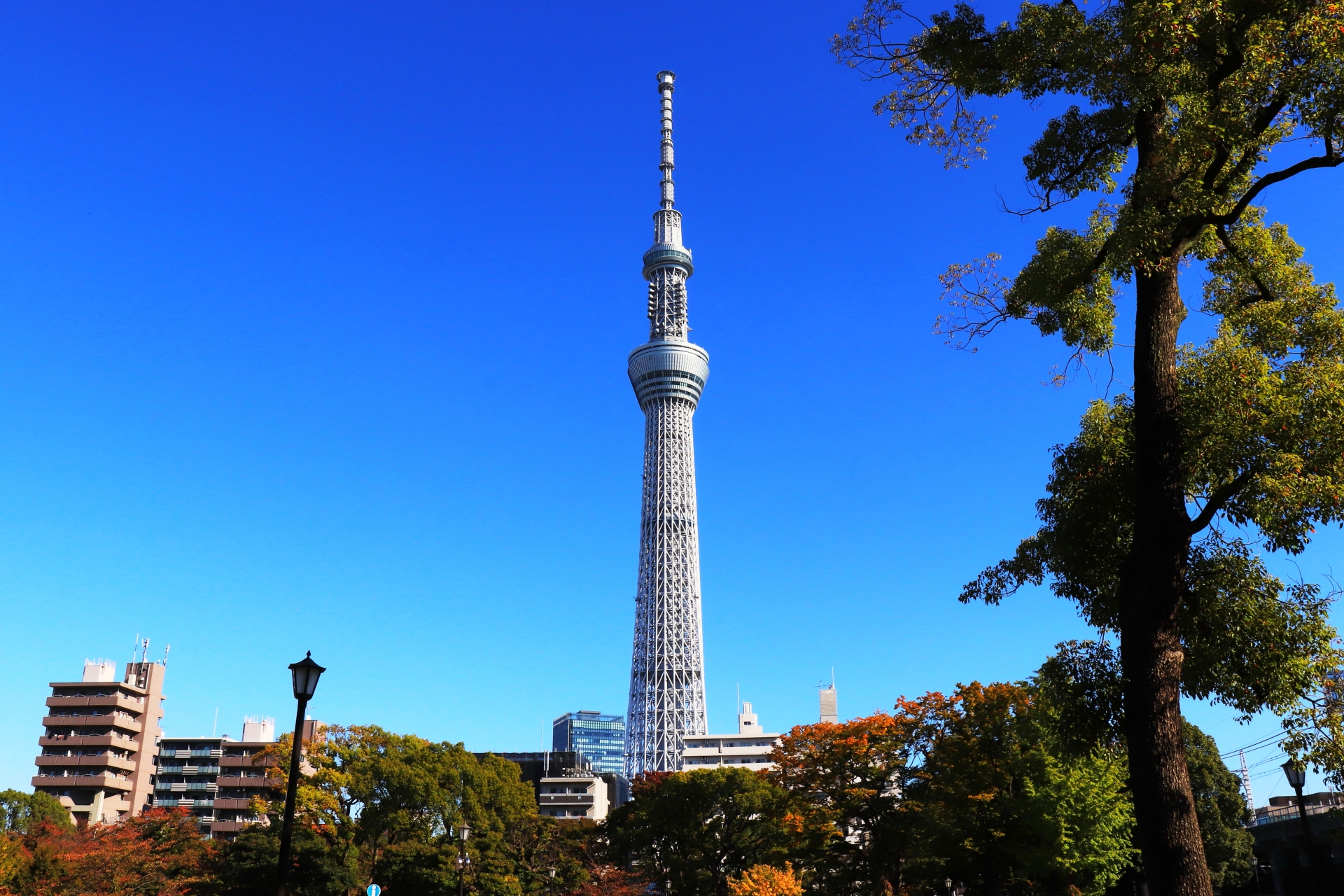
Experiencing Local Culture
Asakusa is known for its vibrant cultural scene. Throughout the year, the district hosts numerous festivals, with the Sanja Matsuri being one of the most famous. This three-day event in May celebrates the founders of the Sensoji Temple and attracts millions of visitors. Besides festivals, Asakusa offers opportunities to participate in traditional tea ceremonies, calligraphy workshops, and even kimono dressing experiences. These activities provide a deeper understanding of Japanese culture and allow for hands-on engagement.
Asakusa for Food Lovers
Asakusa is a haven for food enthusiasts, offering everything from street food to fine dining. Local specialties include tempura, a dish of deep-fried seafood and vegetables, and melonpan, a sweet bun with a crispy, melon-flavored crust. Asakusa’s eateries range from small, family-run establishments to high-end restaurants, ensuring there’s something to suit every palate and budget.
Best Street Food in Asakusa

- Nakamise Street: This bustling shopping street is the place to sample traditional Japanese street food. Don’t miss the senbei (rice crackers) and taiyaki (fish-shaped cakes filled with red bean paste).
- Asakusa Kagetsudo: Famous for its giant melonpan, this bakery is a must-visit for sweet lovers.
- Kaminarimon Gate Area: The stalls near the Thunder Gate offer various snacks, including age-manju (deep-fried buns filled with sweet paste) and dango (sweet rice dumplings).
Practical Tips for Visiting Asakusa
Getting to Asakusa is easy, with direct train connections from major Tokyo stations. The Ginza Line from Shibuya and the Asakusa Line from Haneda Airport provide convenient access. To avoid the crowds, visit early in the morning or late in the afternoon. As Asakusa is a religious area, it’s important to observe proper etiquette when visiting temples and shrines. Dress modestly, refrain from talking loudly, and follow the rituals such as washing your hands before entering the temple grounds.
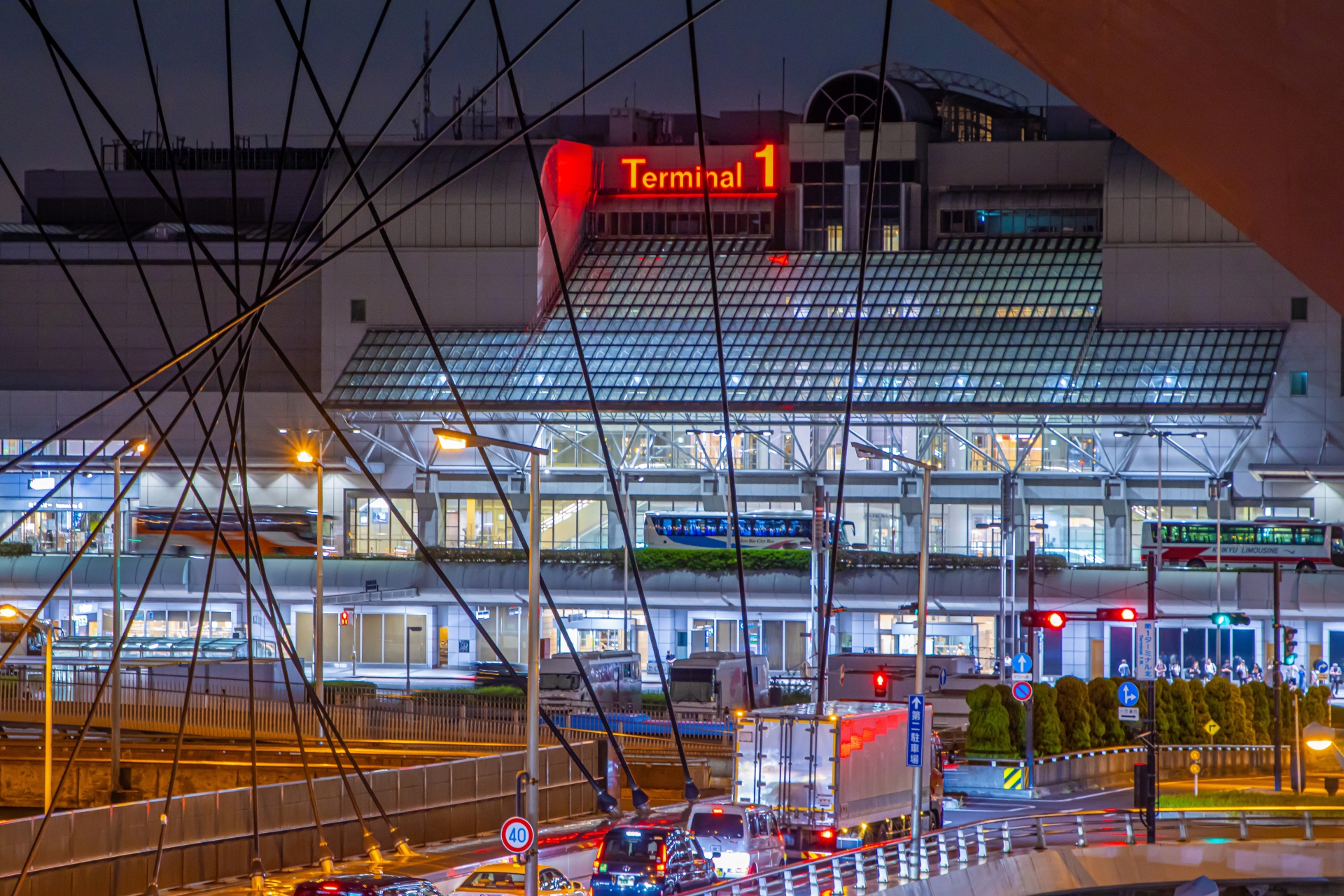
Accommodation Options
Asakusa offers a variety of accommodations, ranging from budget-friendly hostels to luxurious hotels. Ryokans (traditional Japanese inns) provide a unique experience with tatami rooms and futon beds. For those seeking modern amenities, there are numerous hotels that offer comfort and convenience close to Asakusa’s main attractions.
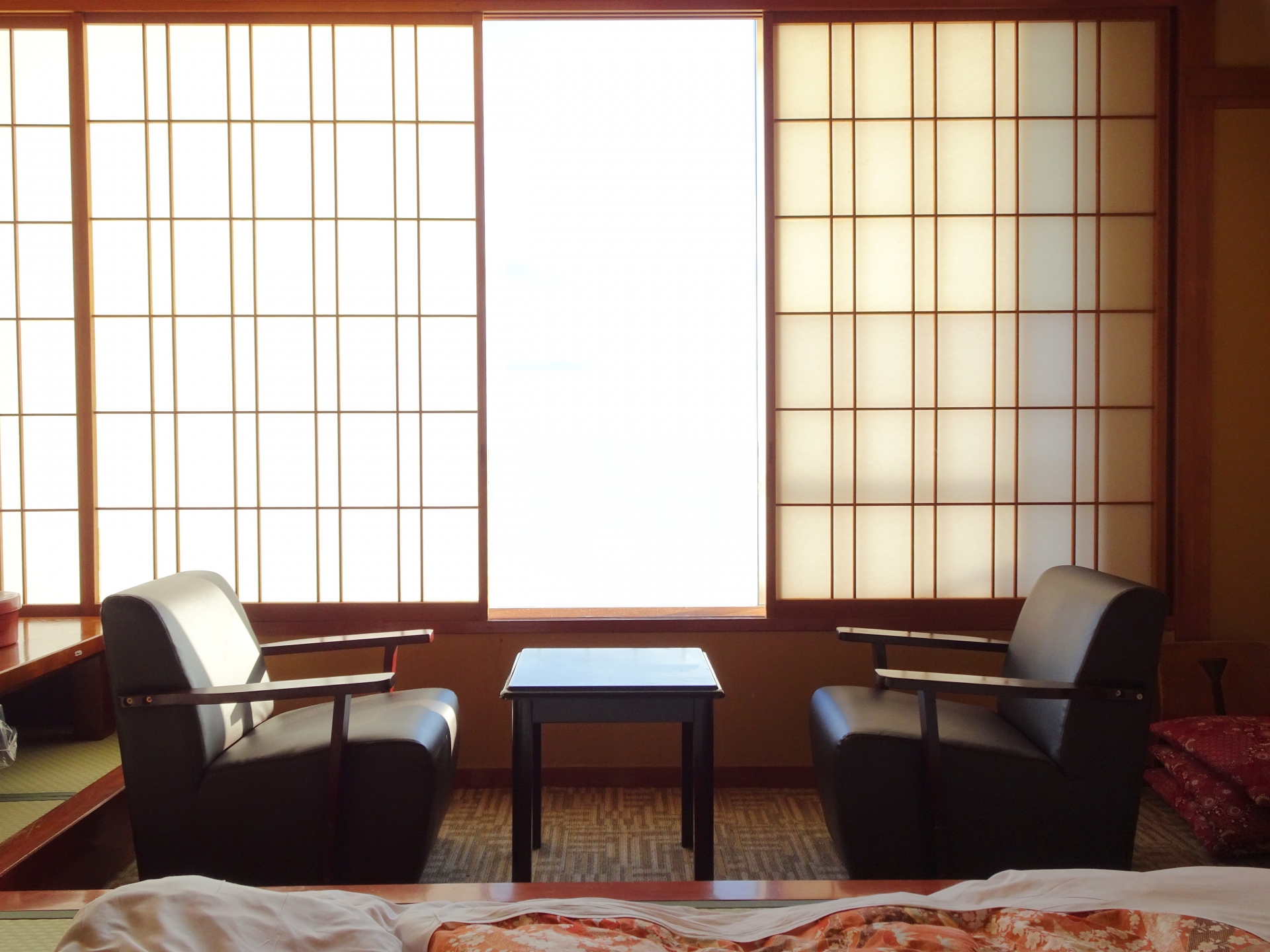
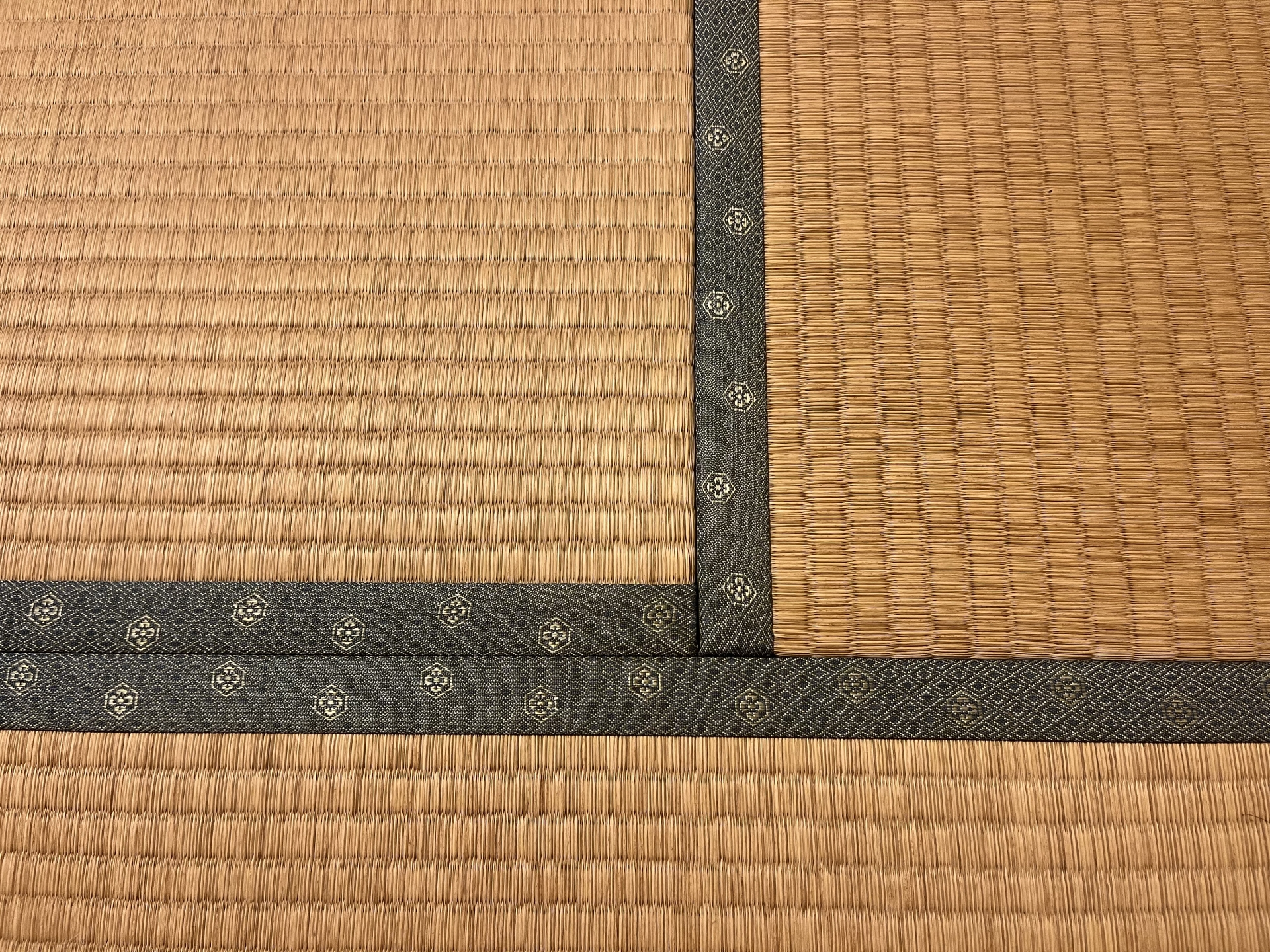
Hidden Gems and Off-the-Beaten-Path Attractions
While the main attractions draw the most visitors, Asakusa has many lesser-known spots worth exploring. Kappabashi Street, known as Kitchen Town, is perfect for those interested in Japanese cooking tools and ceramics. Sumida Park offers a peaceful retreat with views of the Tokyo Skytree and cherry blossoms in spring. For a unique experience, consider a Sumida River cruise that provides a different perspective of Tokyo’s skyline.
Asakusa at Night

Nighttime in Asakusa brings a different vibe, with illuminated temples and bustling izakayas (Japanese pubs). Hoppy Street is famous for its laid-back atmosphere and local drinks. For a quieter evening, enjoy a night-time visit to the Sensoji Temple when the lanterns are lit, creating a magical and serene environment.
Conclusion
Asakusa is a district that encapsulates the spirit of traditional and modern Tokyo. From its historic temples and bustling shopping streets to its cultural activities and delicious food, Asakusa offers a well-rounded experience for all visitors. Whether you’re a first-time tourist or a long-term resident, exploring Asakusa promises to provide lasting memories and a deeper appreciation of Japan’s rich cultural heritage. So, step beyond the usual tourist spots, and discover the hidden gems that make Asakusa truly unique.

